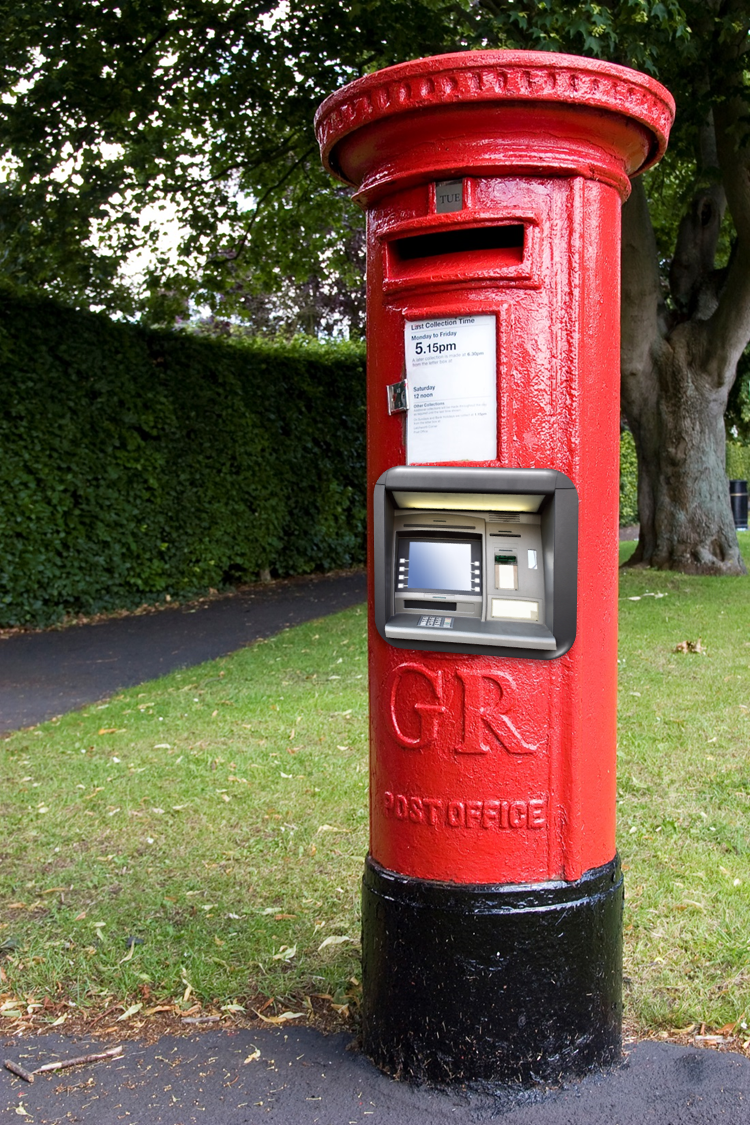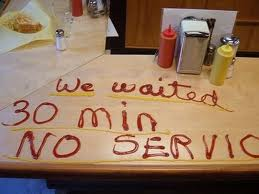The Circular Economy and the Customer Experience
The world is full of great ideas the size of a planet but unfortunately, that’s how most of them stay – just ideas.
For some time now though the Circular Economy has been proving itself as an exception to the rule. This inspirational initiative is changing the future of the way manufacturers make and service companies sell. But for their customers and clients, it also means a different way of doing business, something that history tells us must not be overlooked. In explaining the nature of the new consumer generation, Micha Kaufman at Forbes summarised it neatly by saying “The product itself is not important, only the experience that they contain”.
The creation of the Circular Economy 100 is the latest testimony to the vision and effort that has secured the support and imagination of governments, business leaders and innovators around the world.
Led by the genuinely inspiring Dame Ellen MacArthur and her foundation team, the principles of the Circular Economy have already been adopted. Moving beyond ‘simply’ cutting carbon emissions and recycling glass into aggregate, some notable and diverse organisations such as wear2 and Maersk Line are effectively starting from scratch; building new processes so that what they make is made to be made again; the Cradle-to-Cradle approach. And what are seen as product-oriented companies are looking at how they move to a service / relationship orientation by selling the benefit rather than the product – washing machines for example, where consumers pay by the cycle while the manufacturer takes responsibility for the machine’s upkeep and replacement.
To have brought an idea on this scale from conception to execution is nothing short of phenomenal. It takes enlightened people, enlightened organisations to change the rules of thinking in a way that will generate significant commercial benefits as well as reducing the enormous and shameful waste that plagues our planet.
Inevitably however, the success or otherwise of the Circular Economy is dependent on an acceptance by clients and consumers that they too must change the way they interact. And so at this early stage of maturity, organisations have a unique opportunity to ensure, right from the start, that what they build and how they deliver it creates intended, consistent and profitable customer experiences.
The lessons of history teach us that one of the reasons why there is so much focus on customer experience today is because organisations are trying to force-fit new demands on top of old-style business models. Markets are littered with examples of operational processes that were built for efficiency but that lack the flexibility and personalisation their customers expect.
So much time and effort is being spent investigating root causes of complaints, customer contacts that go under the spreadsheet heading of “failure demand” and simply the need to get the basics right. And for others, it’s worse. The focus is way out on the horizon to the extent that the rocks under their feet go unnoticed. I’d much rather an airline communicate with me when there’s a delay than spend time and money developing an app that just tells me my bags are on the same flight.
Organisations would normally relish the chance to start with a relatively blank piece of paper and design around the customer but they may not have the resources or (yet) the appetite. In the search for commercial sustainability and market differentiation however, the advent of the Circular Economy is a fantastic opportunity for those businesses who can, to think beyond the implications for its own processes and to genuinely build around what it will be like to be a customer. How will what they do make their clients feel and behave next time? What will their customers say to their family and friends over dinner tonight about what it’s been like to do business with them? And how can they use those experiences to generate more, high value customers?
The circular economy is about the huge economic, commercial and environmental benefits from making things now that can be remade later. But while the focus is understandably about innovation and operational processes, that effort will risk being wasted without the understanding and then the execution of the right customer experiences as an integral element of the design process.
It’s an exciting future but it also has to pay attention to the detail of the end-user experience, lest we go round in circles again.

 But, what will customers make of it?
But, what will customers make of it?







